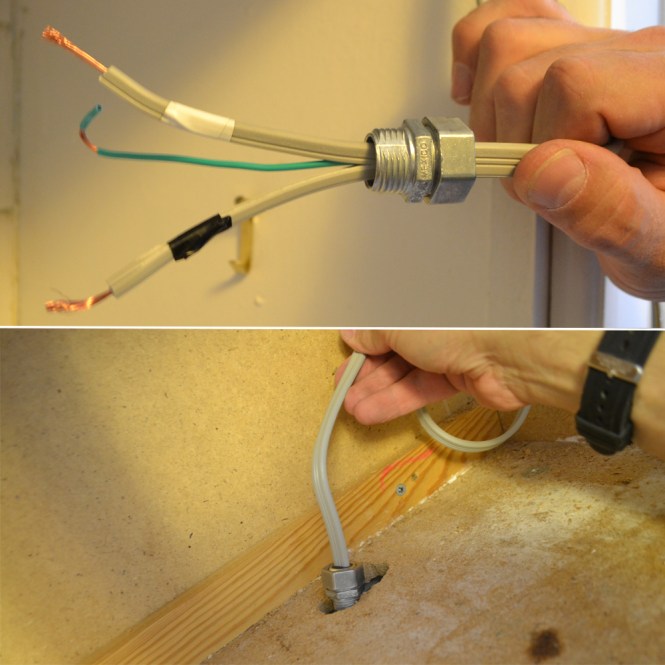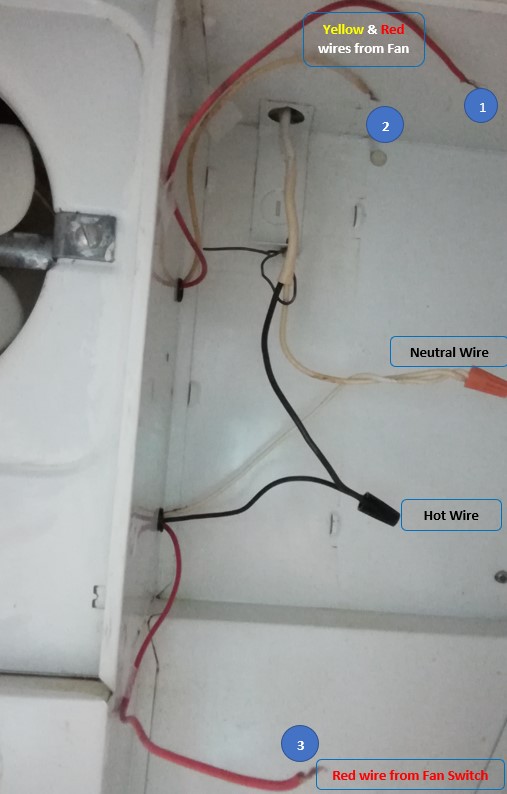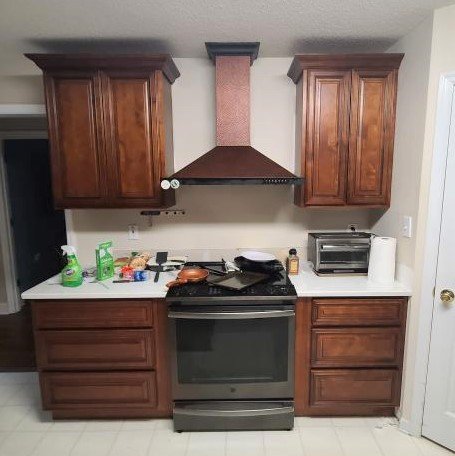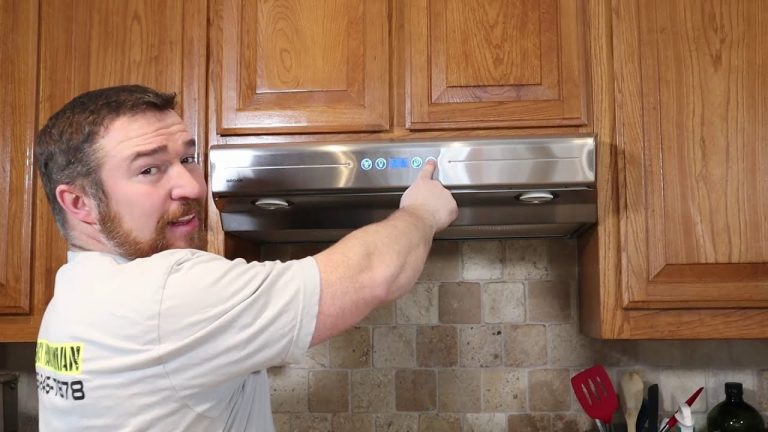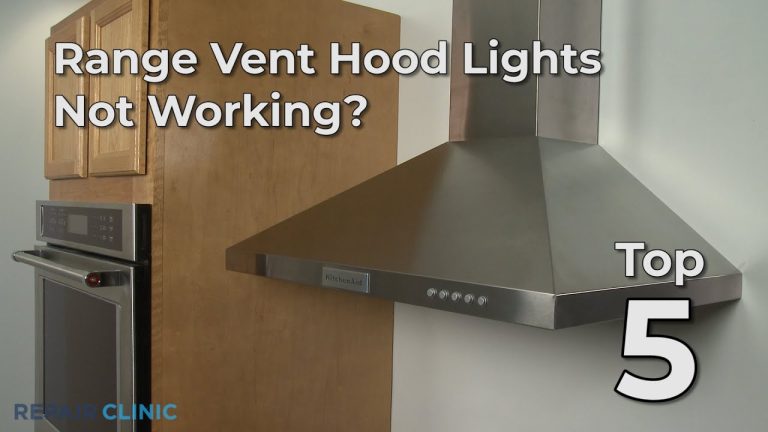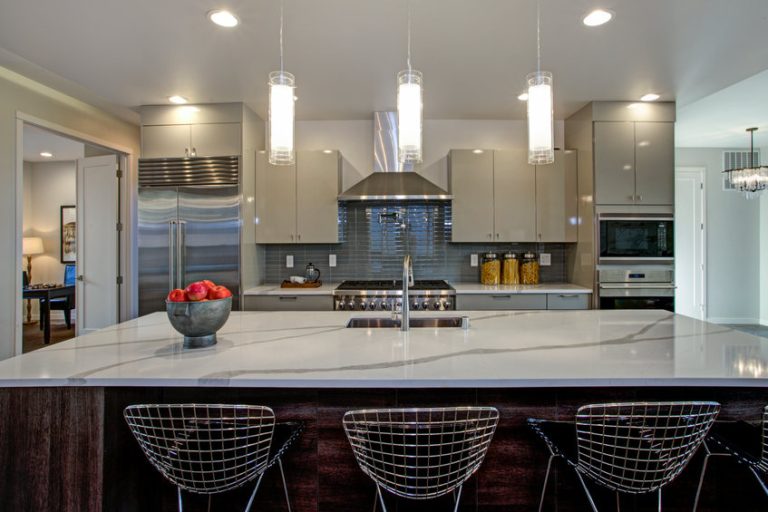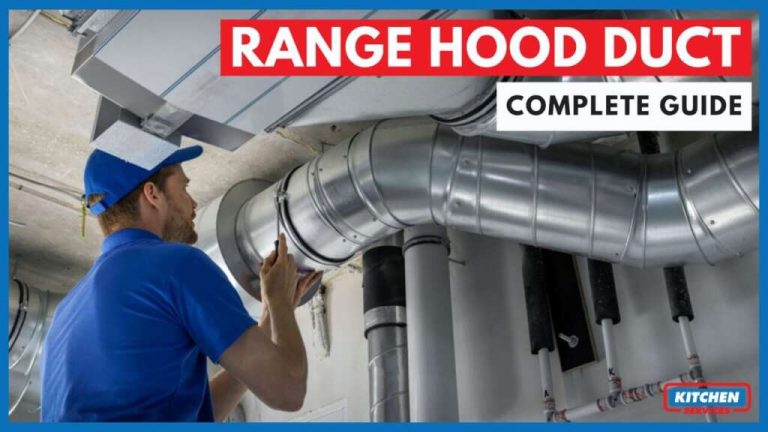Yes, range hoods can be hardwired. Hardwiring provides a direct electrical connection, ensuring optimal performance and safety.
Range hoods play a crucial role in maintaining kitchen air quality. They effectively remove smoke, steam, and odors produced during cooking. Choosing the right installation method is essential for functionality and safety. Many homeowners opt for hardwired options for their reliability and efficiency.
Hardwiring connects the range hood directly to the electrical system, minimizing the risk of loose connections. This installation method also enhances the aesthetic appeal by eliminating visible cords. Understanding the advantages of hardwired range hoods can help you make an informed decision. Explore your options to find the best fit for your kitchen and enjoy a cleaner, healthier cooking environment.

Credit: www.bestfriendspizzaclub.com
Range Hoods: Hard Wired Or Plug-in?
Range hoods can be either hard wired or plug-in. Each option has its own benefits.
Hard wired models connect directly to your home’s electrical system. This option is often more powerful and can handle larger ranges. They usually provide a cleaner look without visible cords.
Plug-in models are easier to install. They simply connect to an electrical outlet. This option is often more flexible and can be moved if needed.
Consider your kitchen layout and cooking habits when choosing. Both options can effectively ventilate your kitchen.
Pre-installation Essentials
Safety is very important for any electrical work. Always turn off the power supply before starting. Use insulated tools to avoid shocks. Check local codes for specific requirements.
Gathering the right tools makes the job easier. You will need:
- Wire cutters for cutting wires.
- Screwdrivers to secure the hood.
- Voltage tester to ensure no power is present.
- Wire nuts for connecting wires safely.
- Drill for making holes if needed.
Having the right tools ensures a smooth installation process. Always prioritize safety and follow instructions carefully.
Planning Your Range Hood Installation
Planning your range hood installation requires careful evaluation of your kitchen layout. Ensure the venting system is efficient. Consider where the hood will go and the space available. Proper placement helps in better airflow.
Checking electrical requirements is essential. Most range hoods need a dedicated circuit. Confirm the voltage needed for your specific model. This prevents electrical issues during use. Always consult an electrician if unsure.
| Requirement | Description |
|---|---|
| Venting Type | Choose between ducted or ductless options. |
| Power Supply | Identify the voltage and amperage needed. |
| Location | Ensure enough space for installation. |
Step-by-step Guide To Hard Wiring A Range Hood
Start by turning off the power at the circuit breaker. This ensures safety during the process. Next, remove the old range hood carefully. Disconnect the wiring and set the old unit aside.
Prepare the new range hood by checking its wiring. Ensure it matches the existing wiring in your home. Strip the wires carefully to expose the copper. Use wire nuts to connect the black to black and white to white. Ground wires should also be connected.
Once the wiring is secure, lift the new range hood into place. Use screws to secure it to the wall or cabinet. Turn the power back on and test the hood to ensure it works properly.
Troubleshooting Common Installation Challenges
Dealing with incompatible wiring can be tricky. First, check the type of wiring in your home. Older homes may have different systems. Ensure the range hood matches the electrical requirements. If not, consider hiring an electrician.
Adjusting for space constraints is another common issue. Measure your kitchen area accurately. Ensure the hood fits without blocking cabinets or windows. Use mounting brackets to secure the hood properly. This helps avoid any movement during use.
Converting A Hard Wired Range Hood To A Plug-in
Converting a hard-wired range hood to a plug-in model is possible. It requires careful planning and basic electrical skills. First, check local building codes for safety regulations. This helps ensure the conversion is legal and safe.
Next, turn off the power to the range hood. Disconnect the wiring from the hood, noting which wires connect where. A qualified electrician can assist if needed. After this, install a receptacle in the same location. This allows for a plug-in connection.
Finally, secure the range hood back in place. Always test the connection before using the hood. This process ensures proper functionality and safety. Remember to follow all safety precautions during the conversion.
Hiring A Professional Vs. Diy Installation
Choosing between a professional installation and a DIY project can be tough. Professional installation ensures that everything is done correctly. This can save time and stress. A qualified electrician can handle complicated wiring safely.
Certain situations call for an electrician. If the electrical system is outdated or damaged, call a pro. Improper wiring can lead to safety hazards like fires. If unsure about the installation process, seeking help is wise.
Here are some benefits of professional installation:
| Benefit | Description |
|---|---|
| Safety | Reduces risks of electrical issues. |
| Expertise | Professionals know the best methods. |
| Warranty | Some installations come with warranties. |

Credit: www.reddit.com
Maintenance And Safety Post-installation
Regular cleaning of your range hood is very important. Remove grease and dirt often. Use a soft cloth and warm, soapy water. Avoid using harsh chemicals that can damage the surface.
Check the filters regularly. Wash or replace them as needed. Clean filters help your range hood work better. This can also make your kitchen safer.
Electrical safety is crucial for range hood use. Always check for loose wires. If you see any, call a professional. Avoid using the range hood if it shows signs of damage.
Keep the area around the hood free of clutter. This prevents fire hazards. Make sure to follow the manufacturer’s instructions for maintenance.
Upgrading Your Kitchen With The Right Range Hood
Choosing the right range hood is important for your kitchen. A well-chosen hood improves air quality. It also enhances the overall look of your kitchen. Consider your kitchen’s style before selecting. Match the hood with your decor for a seamless design.
Functionality also matters. A powerful range hood removes smoke and odors quickly. Look for features like different fan speeds. Noise levels are important too. A quiet hood makes cooking more enjoyable.
Ducted and ductless options are available. Ducted hoods vent air outside. Ductless hoods filter and recirculate air. Choose based on your kitchen setup.

Credit: hauslane.com
Frequently Asked Questions
Are Range Hoods Hard-wired Or Plug-in?
Range hoods can be either hard-wired or plug-in. Hard-wired models connect directly to your home’s electrical system. Plug-in models use a standard outlet for power. Choosing between the two depends on your kitchen layout and installation preferences. Consult a professional for the best option.
What Are The Benefits Of Hard-wired Range Hoods?
Hard-wired range hoods offer a cleaner look without visible cords. They typically provide more reliable power and better performance. Additionally, hard-wiring eliminates the risk of unplugging accidentally. This is especially beneficial in busy kitchens where safety is a priority. Overall, they enhance functionality and aesthetics.
Can I Convert My Range Hood To Hard-wired?
Yes, you can convert a plug-in range hood to hard-wired. However, this process involves electrical work. It’s essential to consult a licensed electrician for safety and compliance with local codes. They can ensure the conversion is done correctly. Always prioritize safety when making electrical modifications.
How Do I Install A Hard-wired Range Hood?
Installing a hard-wired range hood requires proper planning. First, turn off the power supply at the circuit breaker. Next, follow the manufacturer’s instructions for mounting the unit. Connect the wiring according to the electrical diagram provided. Finally, restore power and test the hood for functionality.
Conclusion
Hard-wiring a range hood is a common practice for many homeowners. It ensures a reliable power source and can enhance kitchen aesthetics. While installation may seem daunting, professional help can simplify the process. Ultimately, a hard-wired range hood can improve both functionality and safety in your kitchen.
Consider your options wisely.
